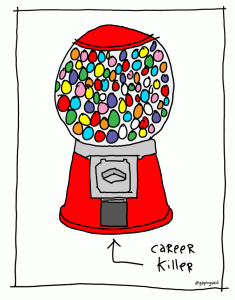When you ask a fundraiser what the most difficult part of their job is, chances are you’ll get one of two answers – acquiring donors or retaining donors. Any fundraising organization is bound to come up against these problems at some point. But here’s the thing that is often overlooked – if you do a better job retaining donors, you can spend less time and money trying to acquire new donors.
Could this be the secret formula for fundraising success? Well, not entirely. But it’s a solid start.
Donor retention can seem elusive for many non-profits. It’s frustrating to pull up your annual reports to find out that you’ve only had 50% of last year’s donors make a gift again this year. Sometimes, it can even feel like a personal defeat.
If you’re working on the annual giving side of development, keep track of thousands of donors is nearly impossible. Your database can quickly become your archenemy. Having the highly personal relationships that major gift officers have with donors is a novel pipe dream.
But what if it was possible to scale this concept to create a system that retains donors?
Details









